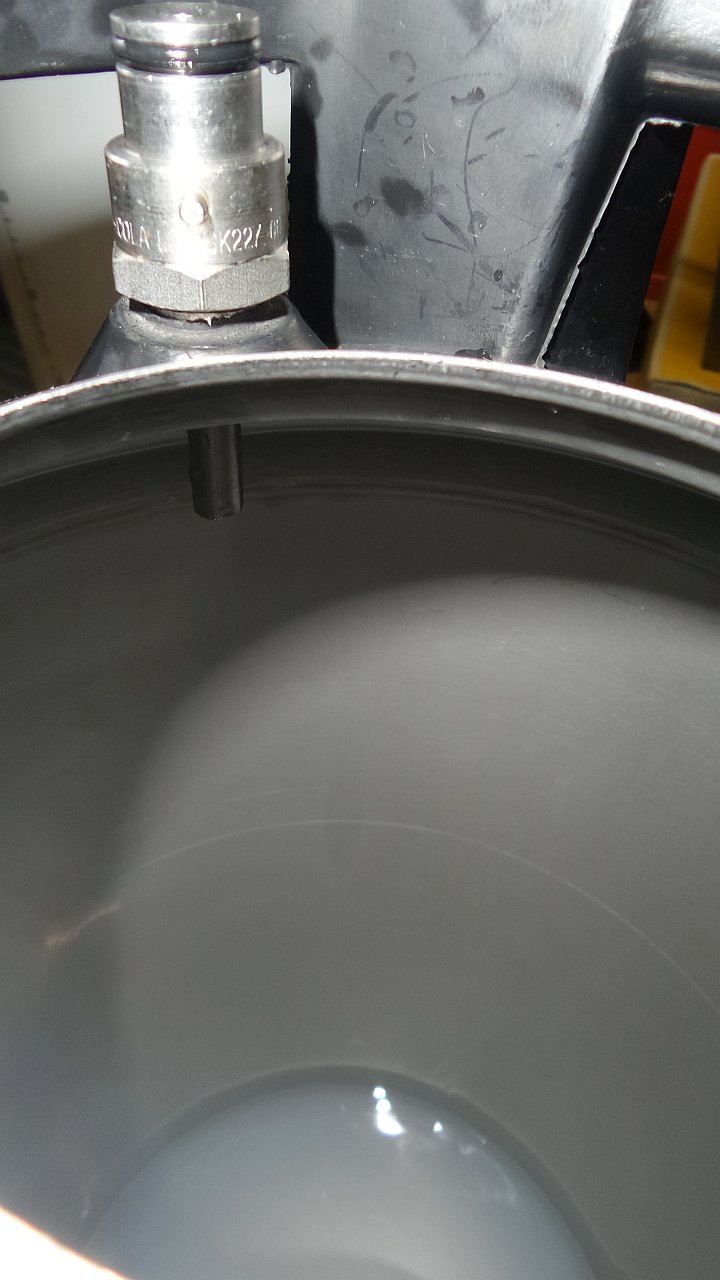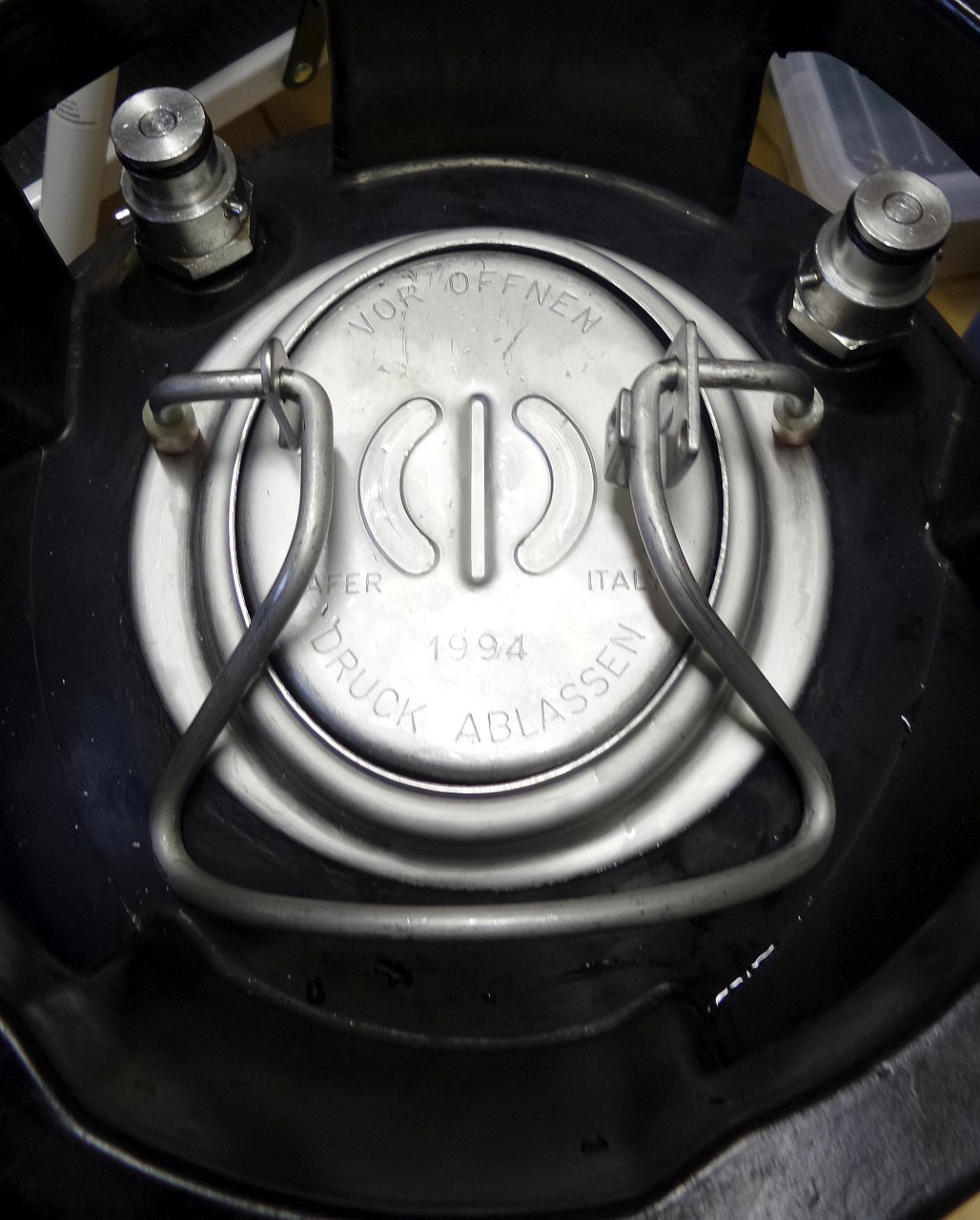You have this idea thought that you can't make great beer unless you do to do which is false. Loads of excellent beer is made without Lodo and loads of crap beer is made with Lodo. So sorry but you shouldn't post on a thread about how only good brewers use Lodo methods and how you're method is superior when the original question was about a priming sugar mistake
My experience is that oxidation really dulls out a beer. And as I've said a bunch of times, it doesn't outright ruin beer, but unquestionably it is not for the flavor benefit. I'm sorry that you don't think oxidation matters, but the truth is that it does and its a difficult problem to solve.
And i was replying to point out someone who had mentioned oxidation, and another that was looking for more info.
Don't be a dick.












































![Craft A Brew - Safale BE-256 Yeast - Fermentis - Belgian Ale Dry Yeast - For Belgian & Strong Ales - Ingredients for Home Brewing - Beer Making Supplies - [3 Pack]](https://m.media-amazon.com/images/I/51bcKEwQmWL._SL500_.jpg)















